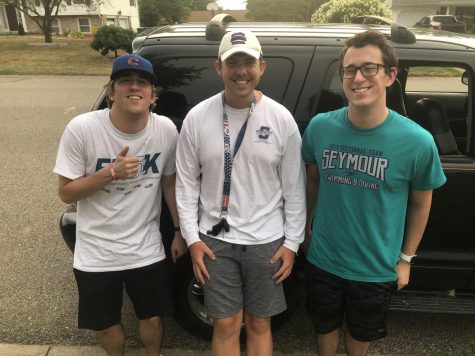Spooky SZN: The History of Halloween
October 24, 2019
Halloween began as the ancient Celtic festival Samhain, where people would light bonfires and wear costumes to ward off ghosts. In the Celtic calendar, November 1st was the start of the new year and they believed that the days leading up were associated with death. It was a time where the Druids, or Celtic priests, were claimed to be able to foresee the future and communicate with the souls of the dead. The bonfires and costumes were designed to protect the civilians and priests from evil entities resurfacing from the dead.
In the 8th century, Pope Gregory III dedicated November 1 as All Saints’ Day; it is a day commemorating and celebrating all Christian Saints. In the early church, this day was similarly related to the Celts’ Samhain with costumes, parades, and bonfires. All Saints’ Day is also called All-Hallows’ Day, with the day before being All-Hallows’ Eve, eventually becoming Halloween.
The celebration of Halloween was very limited in colonial America due to the rigid Protestant belief system. The southern colonies celebrated much more due to the open-mindedness of religion and even blended their celebrations in with the American Indian rituals. Some of the first celebrations in America were called “play parties”, which were public events held to celebrate the harvest and honor the dead. These parties also included tellings of ghost stories and mischief-making of all kinds, relating more to the Halloween we all know and love today.
The last strain of changes occurred in the 1800s when emigration to America was booming. The influx of different cultures influenced the Halloween traditions and shaped All-Hallows’ Eve into what we know it as today.



